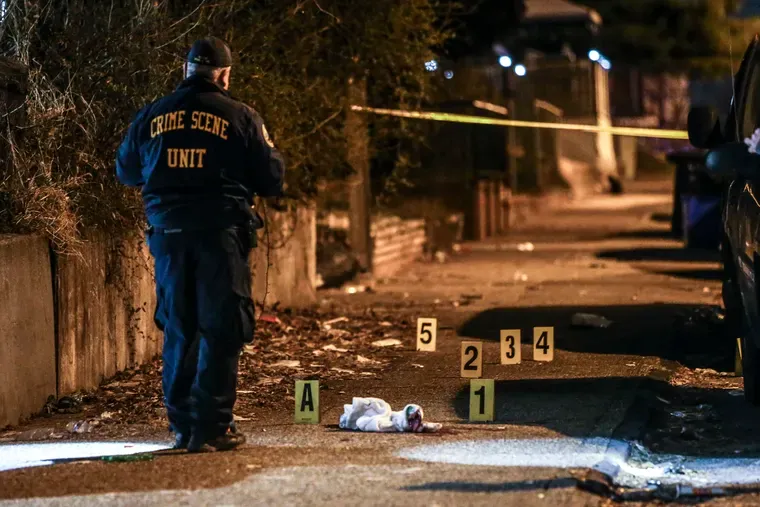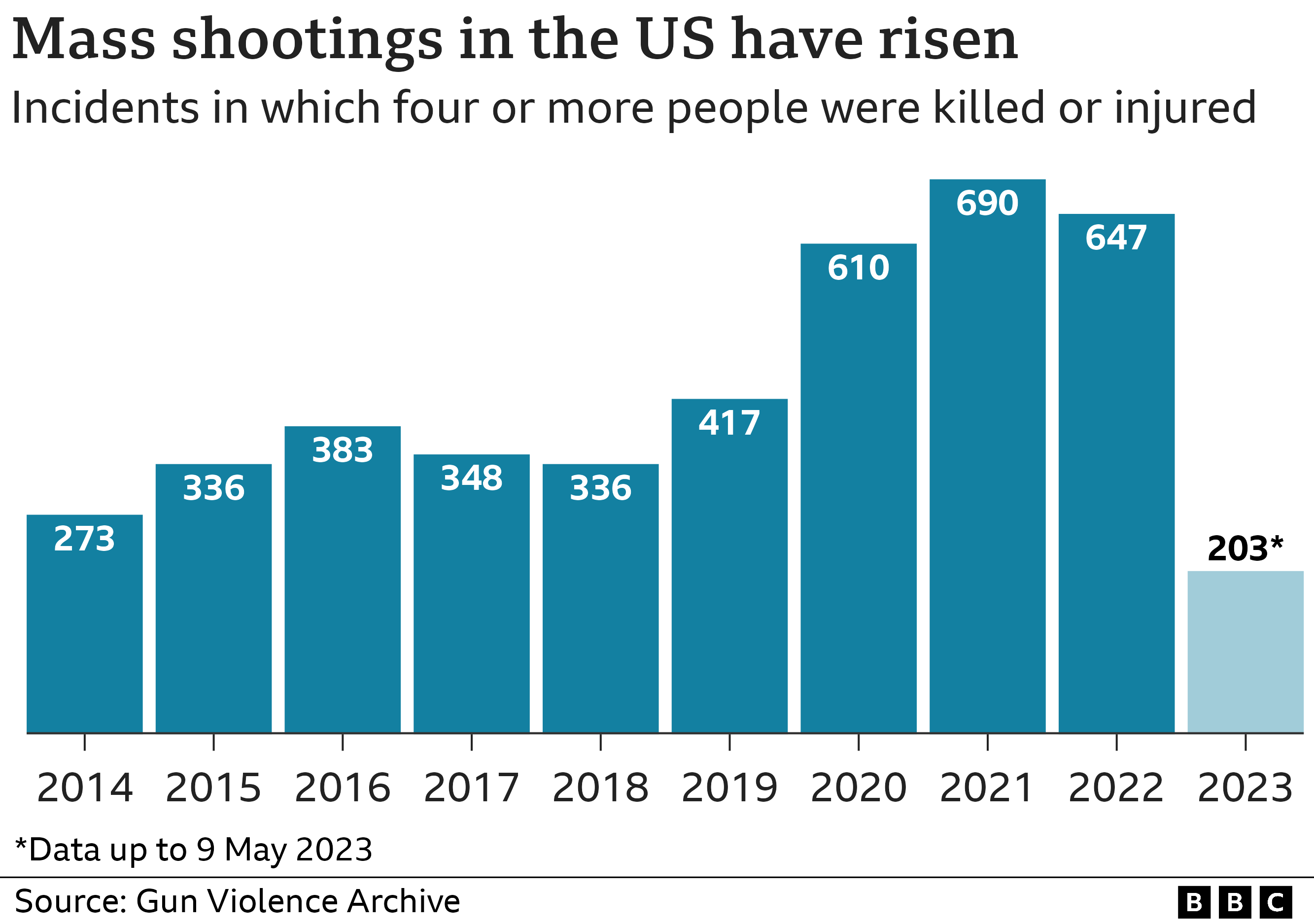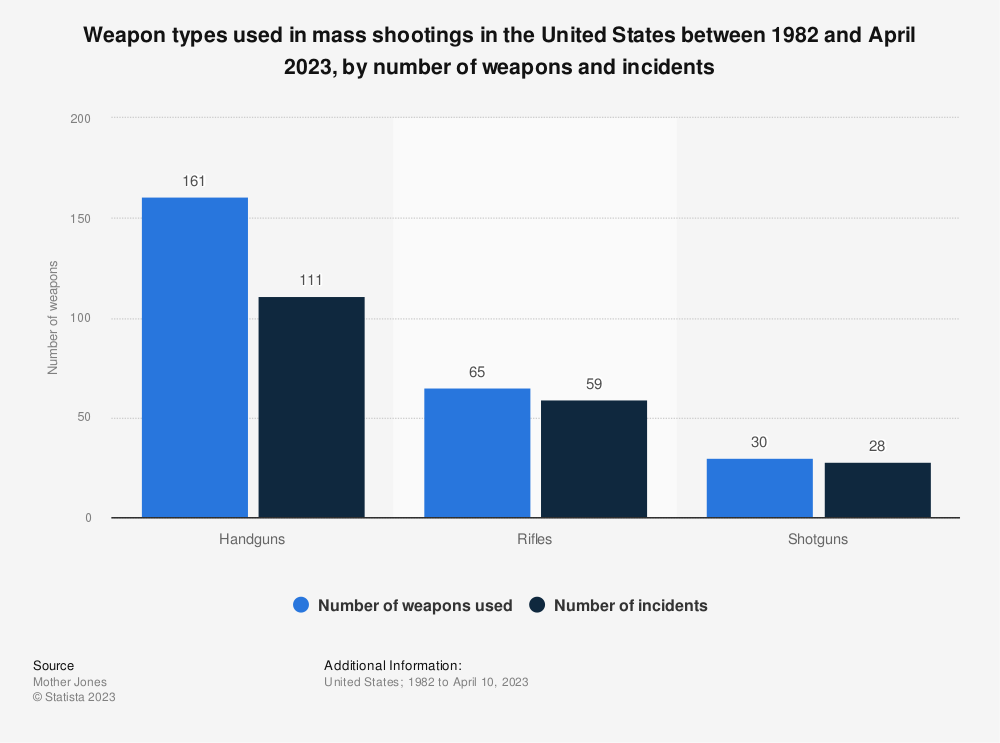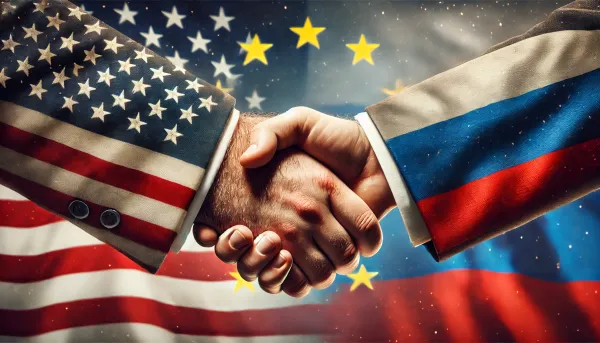The Extreme Inhumanity and Brutality of Mass Shootings
problem of mass shootings, fostering a deeper understanding while exploring potential solutions for a safer future.

In recent years, mass shootings have become a distressing phenomenon that continues to grip our society with fear, sorrow, and outrage. These horrifying events leave us grappling with questions about the motivations behind such violence, the impact on individuals and communities, and how we can collectively address this urgent issue. In this blog post, we aim to shed light on the complex problem of mass shootings, fostering a deeper understanding while exploring potential solutions for a safer future.
Introduction
A mass shooting is a violent crime in which an attacker kills or injures multiple individuals simultaneously using a firearm. There is no widely-accepted definition of "mass shooting" and different organizations tracking such incidents use different definitions. Definitions of mass shootings exclude warfare and sometimes exclude instances of gang violence, armed robberies, and familicides.
According to U.S.Federal Bureau of Investigation (FBI), an event in which one or more individuals are “actively engaged in killing or attempting to kill people in a populated area. The FBI has not set a minimum number of casualties to qualify an event as a mass shooting, but U.S. statute (the Investigative Assistance for Violent Crimes Act of 2012) defines a “mass killing” as “3 or more killings in a single incident.”
motive
The motive for mass shootings (that occur in public locations) is usually that they are committed by deeply disgruntled individuals who are seeking revenge for failures in school, career, romance, or life in general or who are seeking fame or attention with at least 16 mass shooters since the Columbine massacre citing fame or notoriety as a motive. Fame seekers average more than double the body counts, and many articulated a desire to surpass "past records".

Understanding Mass Shootings
These tragic events have a devastating impact on the victims, their families, and the broader community. To comprehend the issue at hand, it's essential to consider various contributing factors:
- Socioeconomic Factors: Poverty, unemployment, social isolation, and lack of access to mental health resources can create an environment conducive to despair and desperation, potentially leading to violent actions.
- Availability of firearms: The availability of firearms is a significant risk factor for mass shootings. The easy access to guns in the United States has been linked to the high number of mass shootings in the country.
- Mental Health: While most individuals with mental health conditions are not violent, untreated or undiagnosed mental illnesses can increase the risk of someone engaging in violent behavior.
- Anger issues: Mass shooters are often angry and lonely, and many of them fixate on specific people or groups they can blame for their own miserable circumstances.
- Media Influence: The media's sensationalized coverage of mass shootings can inadvertently perpetuate a cycle of violence. Responsible reporting and a focus on constructive discussions can help counteract this influence.
- Attention and fame: Studies have shown that fame-seeking mass shooters tend to diversify their attacks to draw public attention.
The Deadliest Mass Shootings in History
Here are some of the deadliest mass shootings in modern history, according to various sources:
- Garissa University College Attack, Kenya, 2015: 148 killed and 79 injured.
- Pulse nightclub shooting, Orlando, Florida, 2016: 49 killed and 53 injured.
- Las Vegas shooting, Nevada, 2017: 60 killed and over 800 injured.
- Easter Sunday bombing, Sri Lanka, 2019: Over 250 killed and 500 injured.
- Christchurch mosque shootings, New Zealand, 2019: 51 killed and 49 injured.
- Utoya Island shooting, Norway, 2011: 69 killed and over 100 injured.
- Sandy Hook Elementary School shooting, Newtown, Connecticut, 2012: 26 killed.
- First Baptist Church shooting, Sutherland Springs, Texas, 2017: 26 killed and 20 injured.
- Virginia Tech shooting, Blacksburg, Virginia, 2007: 32 killed and 17 injured.
- Columbine High School massacre, Colorado, 1999: 13 killed and 24 injured.

Finding Solutions
Addressing the issue of mass shootings requires a comprehensive approach involving multiple stakeholders, including lawmakers, mental health professionals, communities, and individuals. Here are some potential solutions to consider:
- Universal background checks: Implementing stricter background checks, waiting periods, and limitations on high-capacity firearms can help prevent individuals with malicious intentions from easily obtaining weapons. Comprehensive legislative reforms and public support for responsible gun ownership can make a significant impact.
- Closing loopholes: Addressing loopholes in existing gun laws, such as the "gun show loophole" and the "Charleston loophole," which allow individuals to obtain firearms without undergoing a background check.
- Encouraging Responsible Media Coverage: Media outlets should prioritize responsible reporting by avoiding sensationalism and graphic details. Instead, they should focus on meaningful conversations surrounding the underlying issues, prevention strategies, and community resilience.
- Red flag laws: Enacting Extreme Risk Protection Order (ERPO) laws that allow family members or law enforcement to petition a court to temporarily remove firearms from individuals who pose a risk to themselves or others.
- Enhancing School Safety: Implementing effective safety measures in educational institutions, including mental health support for students, threat assessment programs, and emergency response plans, can help identify and address potential threats.
- Assault weapons ban: Implementing restrictions on the sale and possession of assault weapons and high-capacity magazines, as was done with the federal assault weapons ban from 1994 to 2004.
- Law enforcement response: Enhancing training and resources for law enforcement agencies to effectively respond to active shooter situations and prevent further harm.
- Research and data collection: Increasing funding for research on gun violence and mass shootings to better understand the causes, risk factors, and effective prevention strategies.
It is important to note that the effectiveness of these solutions and their impact on reducing mass shootings are still subjects of ongoing research and debate.
Conclusion
Mass shootings are a deeply troubling issue that demands urgent attention and collective action. By understanding the complex factors contributing to these acts of violence and implementing comprehensive solutions, we can make progress in preventing future tragedies. It is essential for communities, governments, mental health professionals, and individuals to come together to build a safer and more compassionate society, where the devastating impact of mass shootings becomes a thing of the past. Together, we can make a difference.
FAQ on Mass Shootings
➤ How many mass shootings occur each year?
There were 277 active shooter incidents in the United States between 2000 and 2018.
➤ What weapons are most frequently used in mass shooting incidents?
Semi-automatic rifles, such as the AR-15, have also been used in several high- profile mass shootings in recent years. However, it is important to note that handguns remain the most common type of gun used in mass shootings
➤ What is the gender of mass shooters?
Of the 64 mass shootings from 2000 to 2018, 61 were by men, two were by women, and one incident included one man and one woman (a husband and wife).
➤ What is the Process of Obtaining a Gun in the United States?
There are tens of thousands of licensed gun dealers in America.




